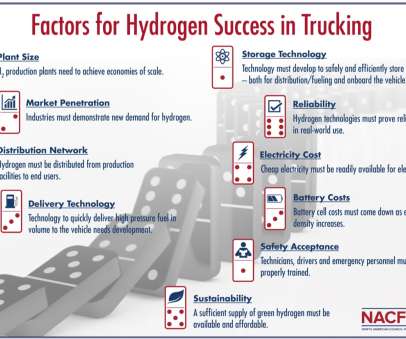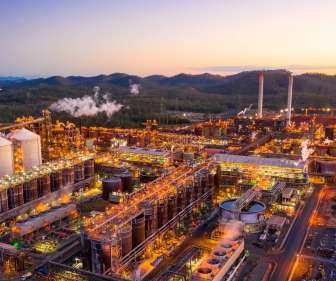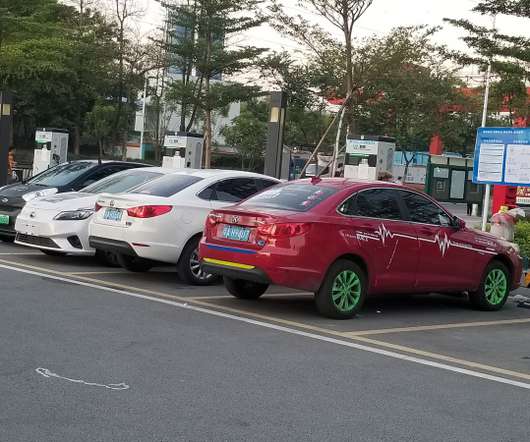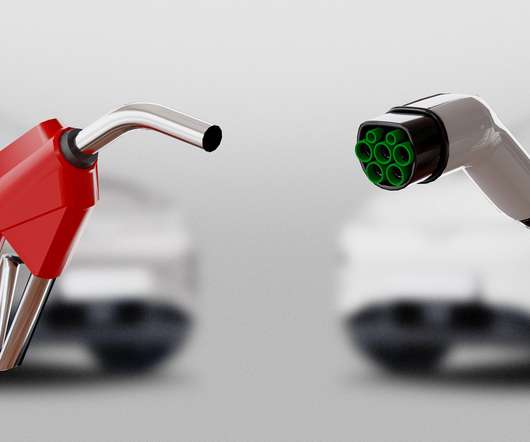UC Davis ITS report finds state transition to ZEVs will ultimately be cost-effective
Green Car Congress
SEPTEMBER 27, 2019
California’s transition to zero emission vehicles (ZEVs) will begin to save the state money by as early as 2030, according to a study by researchers at the Institute of Transportation Studies at the University of California, Davis (ITS-Davis). Institute of Transportation Studies/UC Davis).








































Let's personalize your content